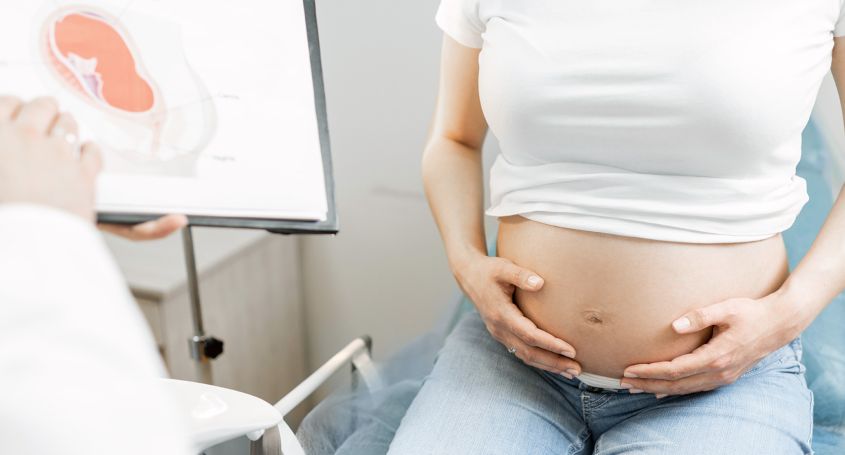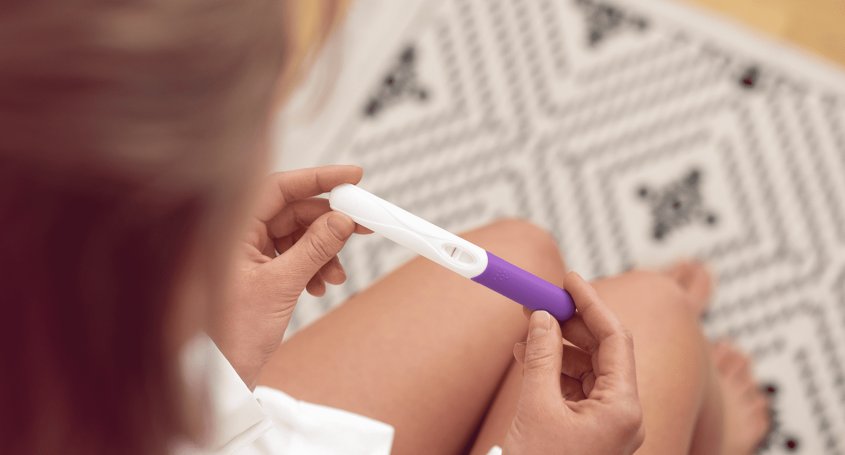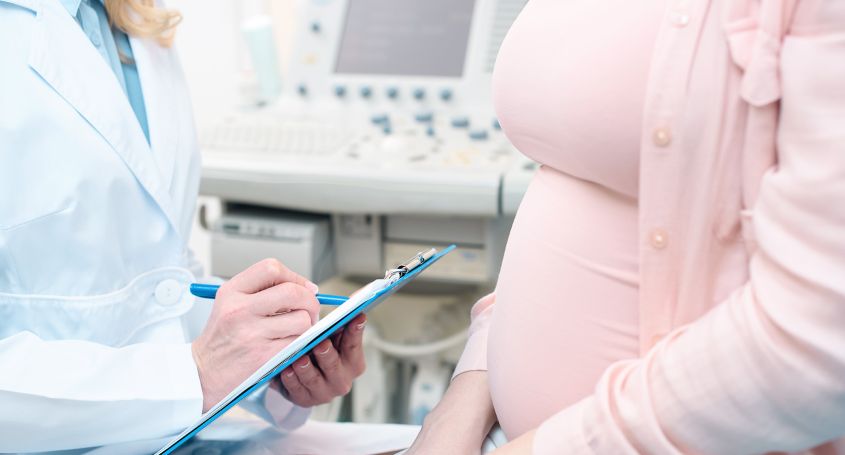Infertility is not cheap, it’s true. And even less, if you take into account its effectiveness. Paying thousands of euros, pounds or dollars to get a 60% success rate in the best case scenario (slightly more than tossing a coin) is not the best investment someone can do. Unfortunately there are a lot of, let’s say, yet-to-be-known factors that makes almost impossible to the clinics to guarantee a pregnancy. We’re hardly working on it, taking embryos to blastocyst, selecting those genetically normal with the preimplantational genetic diagnosis, developing procedures based on the metabolism or the rhythm of division of the cells, all in order to select the best embryo, the one that it’s going to implant. However this is going to take some time, may be too much time for most of the couples that are currently seeking for a pregnancy, and for sure, it’s going to make the treatments even more expensive.
So what can the clinics do to help patients dealing with the financial burden of the infertility treatments? In BarcelonaIVF we’ve developed two products that could help:
- The shared-donor program. In general clinics donate all the eggs they obtained from a donor to a single couple but, is it strictly necessary? It depends on whether the couple wants to have frozen embryos or if they’re happy with the fact of having a good fresh embryo transfer. In the shared-donor scheme two or three couples share the eggs produced by one donor, this entails that couples also to share the costs of the cycle making the treatment much more affordable since you can have an egg donation for slightly more than 3.000€. In normal conditions of fertilization the treatment allows to have two great embryos for transferring on the day of the embryo transfer with a success rate over 50%. Some clinics offer embryo donation at similar prices, but in general these embryos have been donated by other couples, meaning that they have been frozen. And though the success rates of the frozen cycles are constantly being improved, they’re still far from those that can be achieved with fresh embryos. Moreover, embryo donation means that the male partner must renounce to use his sperm while in the shared-donor scheme it can be used as long as it is normal.
- The shared-risk program. One of the common complaints couples do when they visit us, is the amount of money they’ve already paid for their previous treatments. This really undermine their possibilities of going ahead with treatments like an egg donation that are often going to grant them higher chances of success than the previous treatments with their own eggs. So, what about knowing in advance the total amount of money that you’re going to pay for the treatments? And wouldn’t it be good, if you could get back part of the money you’ve paid if the treatments would be unsuccessful? This is what the shared-risk allows to do. On one hand, it allows the patients to set a fixed amount of money to spend on treatments, the equivalent to three of them, and on the other hand, they get 75% of this money back if we cannot achieve an ongoing pregnancy. Another advantage is, if the couple has to undergo cryotransfers they’re not charged for them, since we include those cycles in the cost of the contract, saving close to 2.000€ for each one. The only drawback of this formula is that couples must pay three treatments in advance and if they succeed in the first or second treatment the whole amount of the three treatments would be charged. But how much could be worth a baby? It’s really disappointing when you meet couples that after three, four or five treatments have run out of funds and can’t continue undergoing with treatments that are the real solution to their problems. If they had joined the shared-risk scheme at least they would have got some money back, being able to decide whether they want to continue undergoing treatments or consider other options like adoption.
Hope you agree that these programs are as good as we think they are. Don’t hesitate to contact us if you want to gather more information about them and, as always, let’s know you opinions and feedbacks.














